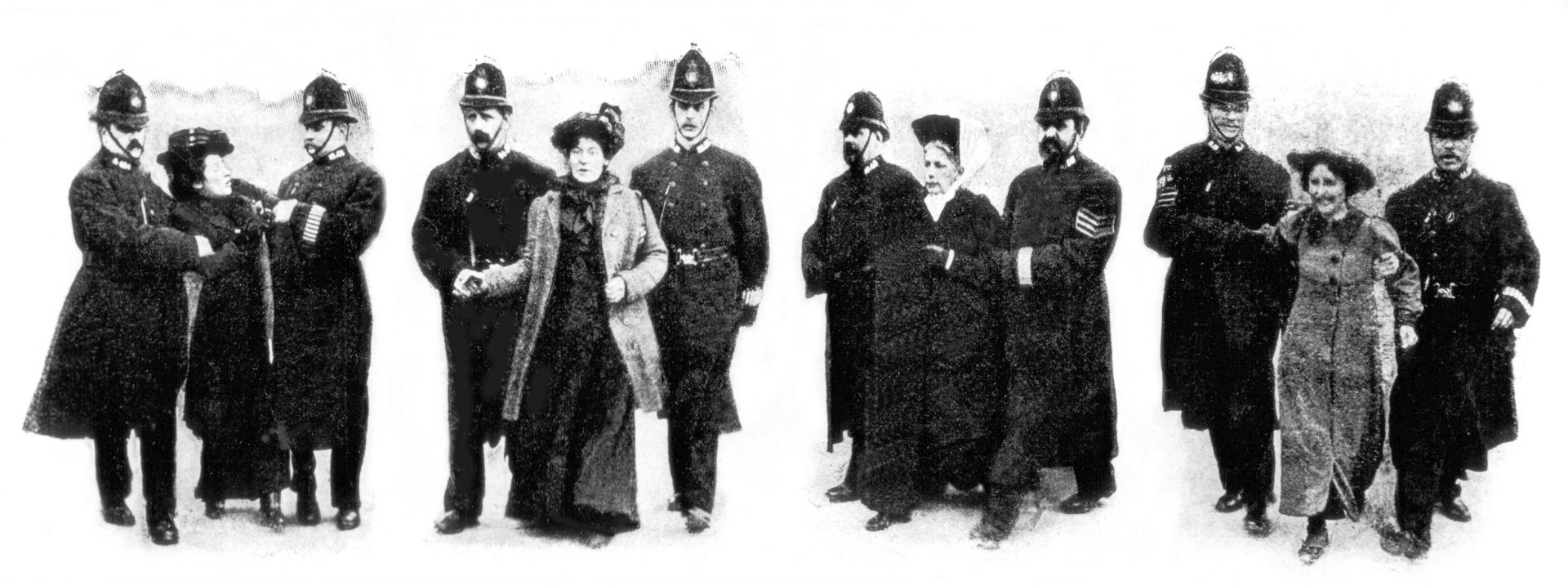READ: Women in Britain got the vote 100 years today
News


ON 6 February 1918, after almost 100 years of trying to change the law, women over the age of 30 were allowed to vote in national elections.
Until that time women worked, paid tax and had to obey the law, the same as men, but they had no say in who was elected to Parliament, where laws were made. Women protested in many ways and some even died for the right to vote.
Changing the law so that women could vote became a long struggle but, before the 19th Century, not many men had the vote either. Originally the right to vote depended on how much land you owned. In 1832 The Great Reform Bill was passed which said that only ‘male persons’ could vote and it was then limited to an even smaller number of men.
From time to time the law changed so that more men were allowed to vote but not women. They began to protest. They sent petitions and lobbied MPs (Members of Parliament) by meeting with them and trying to persuade them that women should have the same rights as men. Some MPs argued in Parliament for women to be able to vote and there were several bills, or draft laws, that were debated (argued by people with different views) but which never became law.
Many men felt that women shouldn’t vote because they could not understand how the law worked and what Parliament was for. This angered women like Millicent Fawcett. She was married to an MP and often went to Parliament to watch the debates. She began speaking in public about women’s right to vote and the need to change the law. At the same time, women all over the country were setting up groups to promote the rights of women. In 1897 they came together as the National Union of Women’s Suffrage Societies (NUWSS). They continued protesting and demonstrating but every year the law was blocked.
In 1903, frustrated by the lack of progress, Emmeline Pankhurst joined with some other female activists and set up the Women’s Social and Political Union (WSPU). Over the next few years, they used more aggressive ways to get attention for their cause. The Government decided that they had to stop the protests and the police were called to arrest the women when they broke the law. The police treated the women roughly and in prison they were force-fed, a horrible way to make them eat when they were on hunger strike. It gained them some sympathy with the public but still did not result in any change.
By 1914, when war broke out, the WSPU did not have the support it had earlier, and the NUWSS agreed to stop all its activities until the war was over. Draft laws still appeared every year but none was passed.
Women were needed in the war. They were on the front line of battle, tending to the wounded and driving vehicles. They also worked in the factories as well as looking after their families and homes while the men were away. The Government realised that they could no longer argue that women were not capable of understanding the law.
There had been many bills before Parliament and years of protest but, as the war came to a close, the law was finally changed. Some women – over the age of 30 – had the vote at last.
But, it was another ten years until all women had the same voting rights as men.
READ more in our SPECIAL REPORT this week’s First News newspaper (Issue 607: 2-8 February 2018)
WATCH: Stay on top of the latest news with our daily news bulletin, First News Today
4 Comments
rachel360 · 8 years ago
Go girls right to vote #first2comment
snowball7 · 8 years ago
soo glad they did that!:)
unicorn746 · 8 years ago
yeat go democrcy #dabondemhaterz
icecream71 · 8 years ago
Women should have the right to vote as well as men so it's fair. My class have been learning about 100 years of voting and how women called suffragettes did bad and illegal things so they could persuade people to let women vote too. Go women!